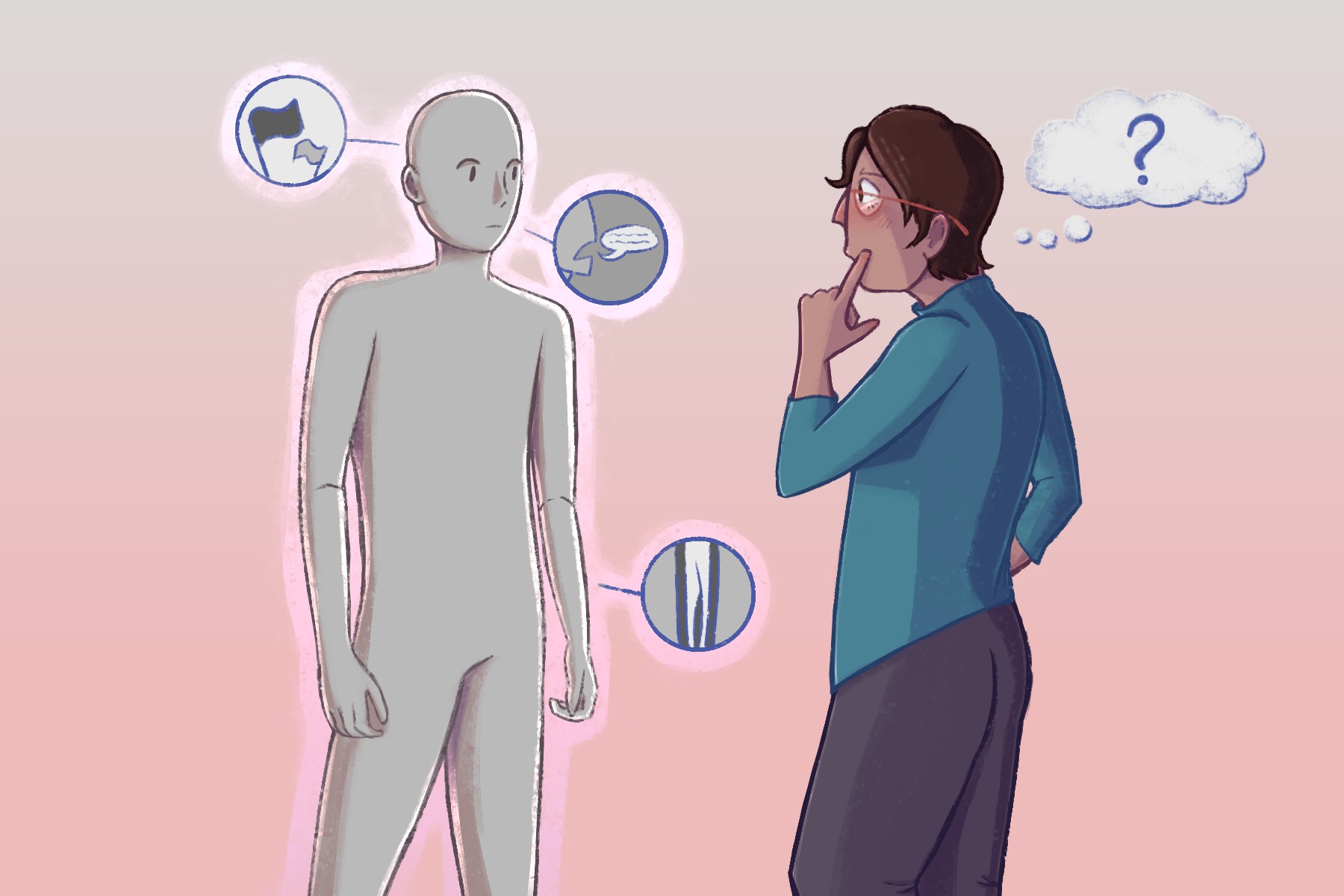My first real entanglement with Anthropology was the summer before my freshman year at university. I was trying to hammer down my interests before enrolling in classes, and I stumbled upon this strange word. Like many, I had a vague idea of what it was: I knew that anthro means ‘people,’ and that ology means ‘the study of.’ I decided to listen to a podcast about the topic as I worked my summer job. The first podcast I came across was called “Conversations in Anthropology.” With casual interest, I began to listen.
One of the guests on episode three, Cris Shore, said the following about anthropology: “Once I got into the subject, I realized quite soon that this is it, this is the subject for me… My friend and colleague Sue Wright put it really well. She said that when she discovered anthropology, it was like slipping into a hot bath. You relaxed into it…” It was at this moment that I realized that I had been hanging on to every word of this podcast. I took my first anthropology class the following semester.
As a major in Anthropology, I am often asked, “What is anthropology, really?” Sometimes people associate it with the aesthetic store (Anthropologie) that sells overpriced teacups, or know the term in the most vague sense. But…what is it, really? That question is hard to answer, because anthropology is so wide-reaching and complex.
Students like myself are taught in introductory classes that anthropology is about culture. The first thing that is important to note is that it is not a subject, but a discipline, so it dips into most other areas in order to properly study human culture and existence. On the flip side, this means that anthropology is applicable to almost any area of study. It is a lens to put up to the academic eye, enabling a new way of seeing that accounts for the human spirit.
Anthropology is often described as a discipline well-suited for people with a wide range of interests. It is the study of humans, past and present, but specifically, it is a holistic study of all aspects of human action and culture. At the most basic level, anthropology in the U.S. is typically divided into Biological Anthropology, Archaeology, Linguistic Anthropology and Cultural Anthropology. All of these subdisciplines apply anthropological thought to other academic thought processes to come a little closer to understanding the world.
For example, Biological Anthropology often focuses on evolution, hoping that this insight might aid us in understanding humans of today and of the past. Perhaps you’ve heard of one of the rockstars in bio-anthro discovery: Lucy, the early human. Lucy was found to be around three million years old, and died by falling from a tree when she was about 20 years of age. She belonged to a group of early humans called Australopithecus afarensis. She was around four feet tall and had about one-third of the mental capacity of a modern human. Her monumental discovery by archaeologists means that human-like creatures were walking on two legs with human-ish facial features more than three million years ago. Time Magazine published an article about Lucy in 2015, titled “How Lucy Changed the way we Understand Human Evolution.” This article talks about the importance of this finding for all human history.
Archaeologists excavate ancient items, then study the context in which artifacts such as bones or stone axes originated. Biological Anthropologists often take this information and apply it to a wider picture of evolution and the lives of early humans. In Lucy’s case, archaeologists and Biological Anthropologists worked together to paint the picture of this special early human.
Linguistic Anthropology, the next big branch of the discipline, is all about language and using it as a tool to learn about cultures. One example of a widely studied topic within this subdiscipline is that the Hopi culture, an Indigenous American group living mostly in Arizona, has a different concept of time than European-language groups. In the Hopi language, there are no words to describe time or to reference the passing of time. There is a debate between linguists and Linguistic Anthropologists as to whether this difference in grammar is indicative that the Hopi conceptualize time differently, or even that they don’t conceptualize time at all. This is the type of work that a Linguistic Anthropologist might do. More applicably, Linguistic Anthropologists study language as a whole, and how language affects social life.
A Cultural Anthropologist’s job revolves around recording and analyzing culture. The way that your community lives, works and communicates is incredibly important to Cultural Anthropology. It tries to understand humans and one’s own culture through the lens of other cultures. It is the concept of looking outward in order to look within. This is the area that I have the most interest in as a student.
Cultural Anthropology’s biggest tool in studying culture is ethnography. Ethnographies are written accounts, usually in the first person perspective, which tell the story of an experience with culture — either the writer’s own culture or their experience with another culture. Some examples include the monumentally popular “Braiding Sweetgrass,” which explores and documents Indigenous knowledge of the environment and plants. It especially focuses on the way Indigenous knowledge is getting lost in the Westernization of thought — specifically naturalist thought. Another example is a book by one of America’s first anthropologists, “Barracoon” by Zora Neale Hurston, which details the life of one of the last African people (named Kudjo Lewis) to be taken from Africa and sold into slavery in the deep South. Ethnographies are typically comprised of interviews or personal experiences with people from cultures of interest, and often give space for marginalized people to have a say in the documentation of their lives and cultures. Barracoon gives voice to a man who would otherwise have been forgotten to history.
The honesty and passion for humanity found in anthropology is what first caught my attention. The discipline encapsulates almost everything in this world, from plants to politics to evolution and much more. The moment I understood what anthropology was all about, everything around me — conversations, family life and daily life within my community — became anthropology. Learning about this discipline, which highlights connection to other cultures and understanding and valuing different life paths, has been like “slipping into a warm bath.”
















